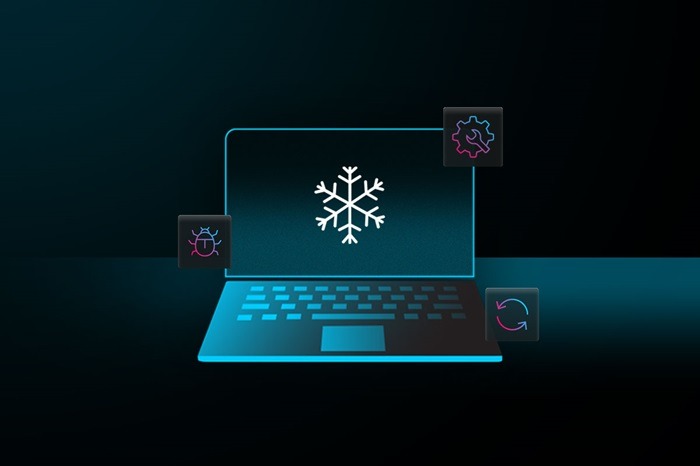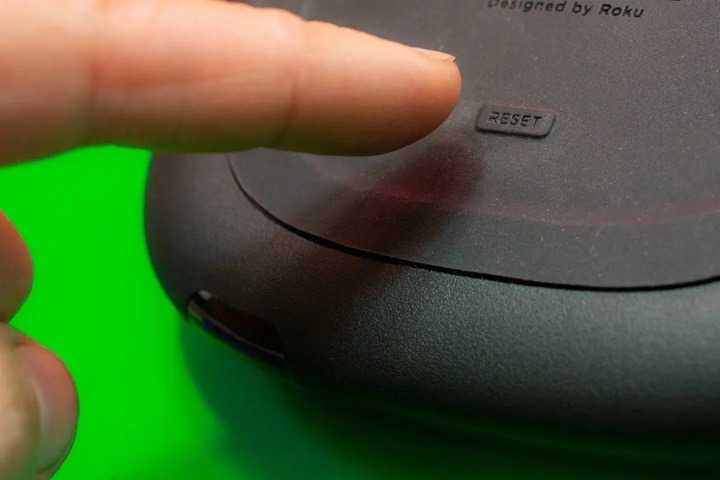Is your Roku device freezing, buffering, or acting unresponsive? A quick reboot can often resolve these common issues and restore smooth performance. Whether you use a Roku Stick, Roku TV, or Roku Ultra, restarting the system can clear temporary errors without deleting your settings or channels. This guide walks you through the easiest ways to reboot your Roku safely and efficiently.
Understanding the Reboot Process
Why Rebooting Helps
Rebooting your Roku clears temporary memory, resets stuck processes, and refreshes the operating system. It can resolve performance glitches, restore responsiveness, and fix issues like laggy apps or network disconnections.
When Should You Reboot?
- Channels not loading or crashing
- Remote not responding
- Roku device running slow or freezing
- Screen stuck on loading or black
- Audio out of sync or video playback errors
- After a software or firmware update
How to Reboot Roku (Standard Methods)

Reboot via Roku Settings Menu
This is the most straightforward method if your Roku device is still responsive.
- Press the Home button on your Roku remote
- Scroll down and select Settings
- Go to System > Power (on some models, skip Power)
- Select System Restart
- Choose Restart and wait for the device to reboot
This method works on all Roku models including Roku Stick, Roku Express, and Roku TV.
Use the Roku Remote Shortcut
If navigating menus is difficult or the screen is laggy, try this hidden restart shortcut:
- Press the following buttons in this exact sequence on your Roku remote:
Home button – 5 times
Up arrow – 1 time
Rewind – 2 times
Fast Forward – 2 times
Your Roku will freeze briefly, then restart automatically. This trick is especially useful when the UI becomes unresponsive.
Unplug to Manually Reboot
If your Roku is frozen or won’t respond at all:
- Unplug the Roku device or Roku TV from the power outlet
- Wait for at least 30 seconds
- Plug the power back in
- Allow it a few minutes to boot up fully
This method performs a soft reset and won’t erase your installed channels or settings.
Advanced Reboot Options
Reboot Roku TV via Power Menu
If you’re using a Roku-powered smart TV:
- Press Home on the remote
- Go to Settings > System > Power
- Choose System Restart > Restart
Some Roku TVs have additional power-saving features. Disabling those may improve performance after rebooting.
Reboot from Roku App
If your remote is missing or not working:
- Open the Roku mobile app on your phone
- Connect to your Roku device
- Tap the Remote tab to control the device
- Navigate to Settings > System > System Restart
- Select Restart
This method is ideal when you’ve lost your physical remote but still have network access.
Reboot via Roku Website (Limited to Account Settings)
Currently, you can’t reboot the device directly from your Roku web account. However, you can check linked devices and unlink them if you’re planning to reset or transfer devices.
Troubleshooting: When Rebooting Doesn’t Work

Roku Doesn’t Power On
- Check the power cable and adapter
- Try a different outlet
- Use the official Roku power adapter (avoid third-party options)
- For Roku TVs, try a full power drain by unplugging for 1–2 minutes
Still Freezing After Reboot
- Check for system updates under Settings > System > Software Update
- Remove and reinstall problematic channels
- Reduce the number of background apps or connected devices
Roku Keeps Restarting (Boot Loop)
- Unplug the Roku and remove batteries from the remote
- Wait for 60 seconds before plugging back in
- If the issue persists, perform a factory reset (see below)
Reset vs. Reboot: Know the Difference
Reboot
- Restarts the device
- Keeps all apps, channels, and settings intact
- Useful for fixing temporary bugs
Reset
- Restores the device to factory settings
- Erases all saved accounts and preferences
- Use only when major issues persist or you’re gifting/selling the device
How to Factory Reset a Roku
- Go to Settings > System > Advanced System Settings
- Choose Factory Reset
- Follow on-screen instructions to confirm
- Alternatively, press and hold the Reset button (usually on the back or bottom) for 10 seconds until the indicator light blinks
Use this only as a last resort or when transferring the device to another user.
Tips to Keep Your Roku Running Smoothly
1. Reboot Regularly
Restart your Roku once every 1–2 weeks to keep things running smoothly.
2. Keep Software Updated
Go to Settings > System > Software Update and select Check Now to install the latest updates.
3. Manage Storage
Delete unused channels and clear cache by restarting periodically to free up memory.
4. Avoid Overheating
Keep the Roku device in a well-ventilated area and away from other electronics.
5. Use Quality Power Sources
Use the original Roku adapter to prevent power issues or constant rebooting.
FAQs
How often should I reboot my Roku?
Once every 1–2 weeks is ideal to maintain performance and stability.
Will rebooting delete my apps or settings?
No. A standard reboot does not remove channels or saved preferences.
Can I reboot Roku without the remote?
Yes. Use the Roku mobile app or unplug the device and plug it back in manually.
What if my Roku freezes after rebooting?
Try uninstalling any problematic channels and checking for updates. You can also use the restart shortcut sequence.
What’s the difference between restarting and resetting Roku?
Restarting refreshes the device without deleting data. Resetting erases everything and restores factory settings.

